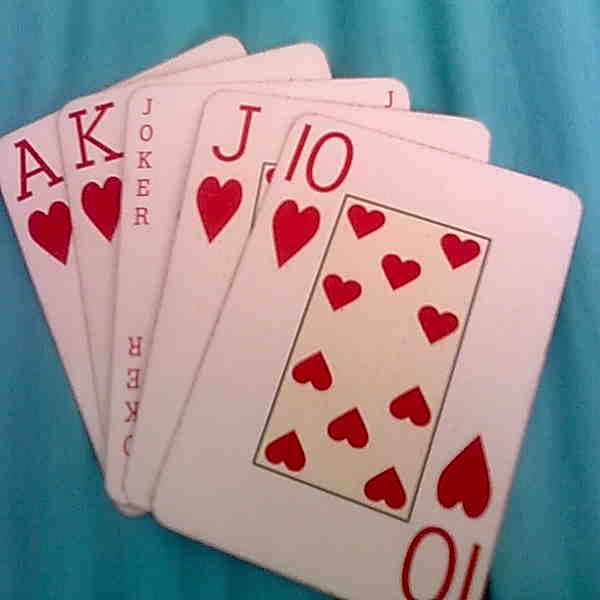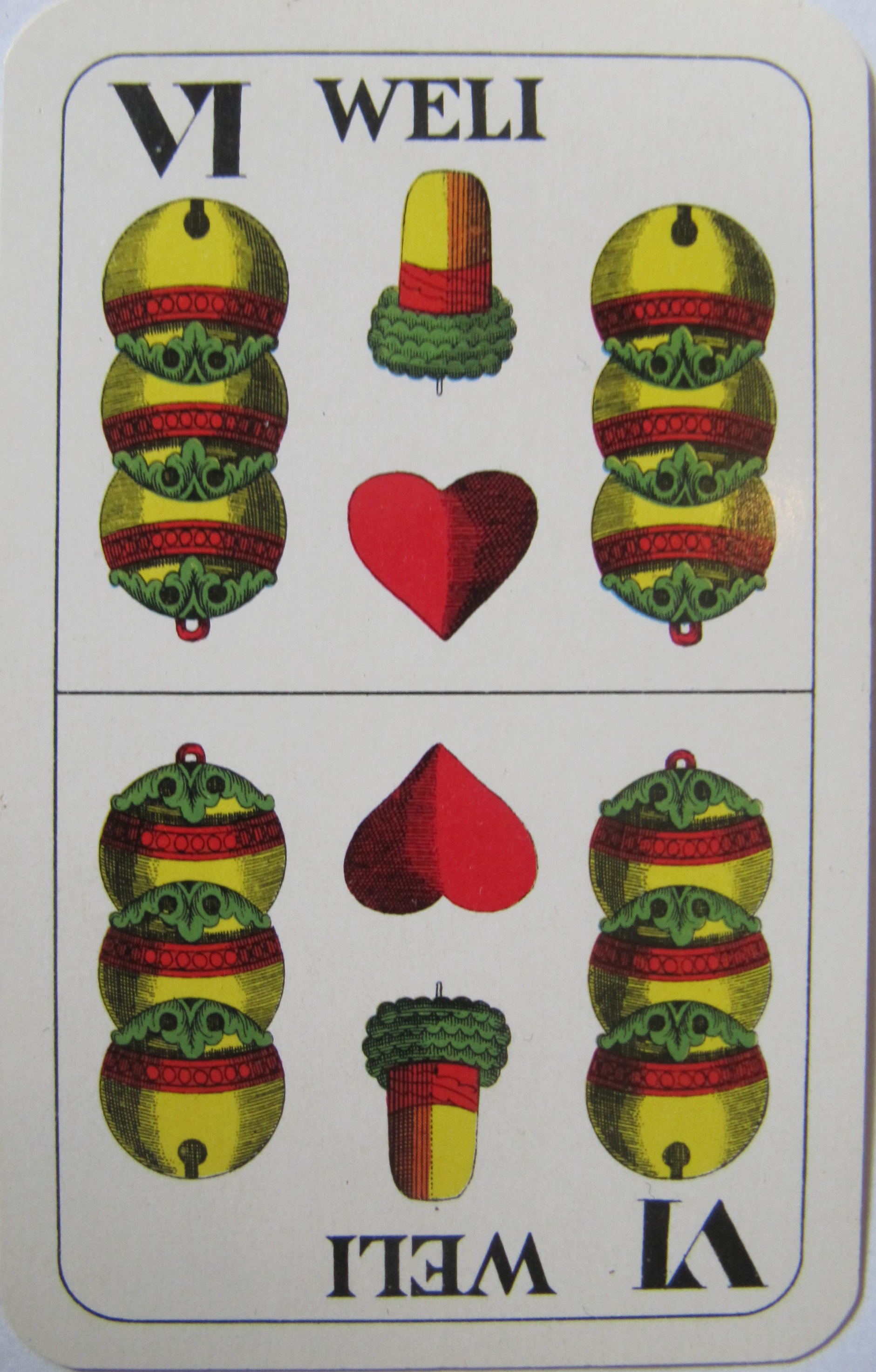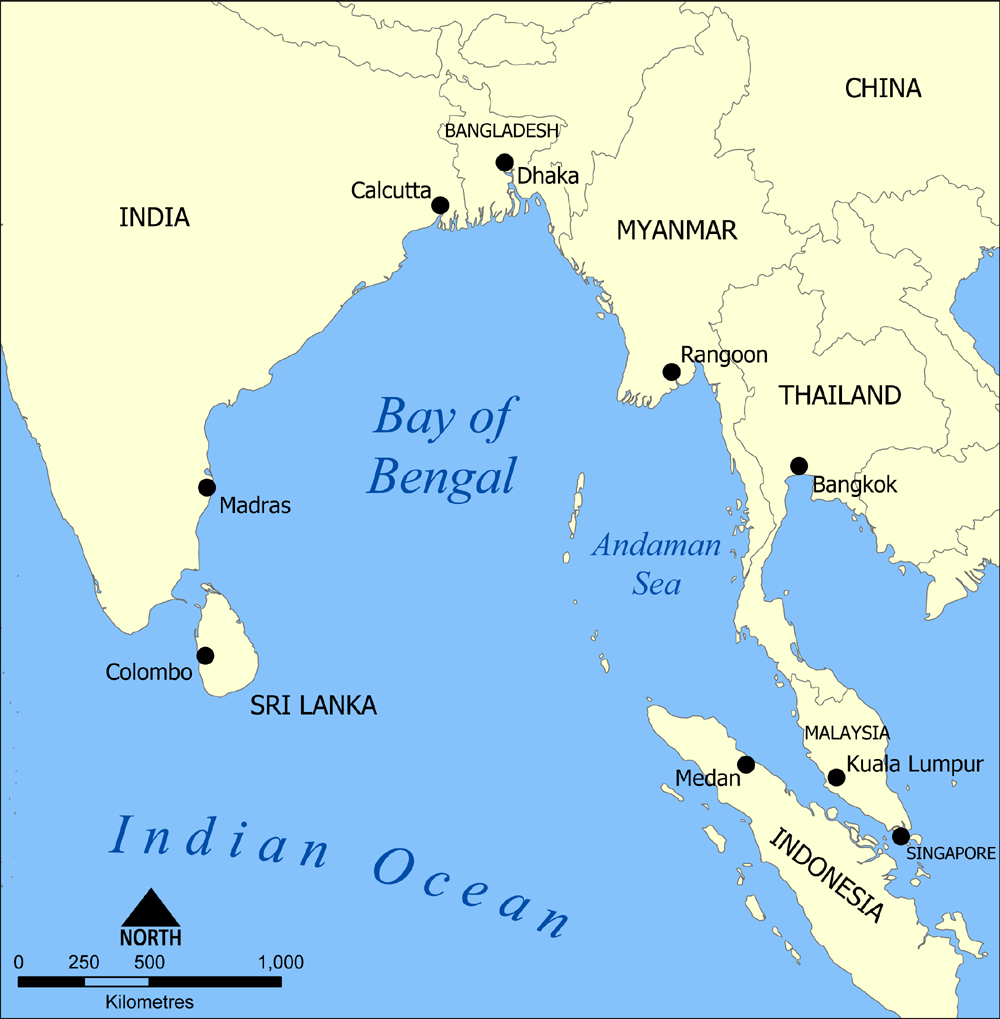|
Perlaggen
Perlaggen (regionally also ''Perlåggen''), formerly Perlagg-Spiel ("game of Perlagg"), is a traditional card game which is mainly played in the regions of South Tyrol in Italy, the Tyrolean Oberland and the Innsbruck areas of Austria. It is the only card game to have been recognised by UNESCO as an item of Intangible Cultural Heritage.''Perlaggen'' at www.pagat.com. Retrieved 5 August 2018 Origin Perlaggen originated in the South Tyrolean valleys of the and when South Tyrol was part of |
Hubert Auer (card Game Researcher)
Hubert Auer (born c. 1950) is an Austrian schoolmaster and card game researcher who is particularly noted for his research into the historic Tyrolean game of Perlaggen which resulted in it being awarded the status of an item of immaterial cultural heritage by the Austrian UNESCO Commission, the first card game in the world to be so honoured. Auer is also the author of two books on the subject. He lives in Telfs. Life Auer was born in Imst, Austria. Auer has been instrumental in reviving traditional Tyrolean card games; in particular Perlaggen, Bieten, Gilten and Watten. A Perlaggen Circle (''Förderkreis Perlaggen'') had already been formed in South Tyrol in 2004 which holds an annual championship or ''Meisterschaft in Perlaggen''. In 2015, the 6th All-Tyrol Perlaggen Championship (''Gesamt-Tiroler Meisterschaft in Perlaggen''), in which North Tyrolese Perlaggen players took part. In June 2016, Auer succeeded in having this traditional Tyrolean card game was declared by the Aust ... [...More Info...] [...Related Items...] OR: [Wikipedia] [Google] [Baidu] |
Bieten
Bieten, Laubbieten, Lab bietn or Labbieten (in South Tyrol) or Bavarian Poker (german: Bayrischer Pocker) is a card game that is popular in the Austrian Tyrol and the Bavarian Prealps. It used to be a game frequently played by timber rafters and muleteers. It can be seen as a precursor to the traditional Tyrolean game of Perlaggen. The unusual feature of Bieten is the nature of the competition. The players have the option, even if they have a poor hand, of persuading their opponent(s) to cave in through skilful bidding (''Bieten'') and bluffing. Aim The aim of each hand is to score points by winning certain 'figures'. Cards German playing cards are used for Bieten. It is usually played by 2 or more players, without partnerships, but 3 or 4 players works best. Of the standard deck of 36 cards, the 6 of Acorns, Leaves and Hearts are removed, leaving only the 6 of Bells, the ''Weli'', in play. The card ranking is as for Watten, i.e. Sow ("A") - King - Ober - Unter - 10 - 9 - ... [...More Info...] [...Related Items...] OR: [Wikipedia] [Google] [Baidu] |
Wild Card (cards)
A wild card in card games is one that may be used to represent any other playing card, sometimes with certain restrictions. These may be jokers, for example in Rummy games, or ordinary ranked and suited cards may be designated as wild cards such as the and in Classic Brag or the "deuces wild" in Poker.''The Language of Cards: A glossary of card-playing terms'' by David Parlett at www.parlettgames.uk. Retrieved 1 Jun 2018. A card that is not wild may be referred to as a . Jokers, however, may also have other uses, such as being a permanent top trump. Use In most cases, the wild card or cards must be agreed upon by all players before t ...[...More Info...] [...Related Items...] OR: [Wikipedia] [Google] [Baidu] |
Watten (card Game)
Watten, regionally also called ''Watteln'' or ''Wattlung'', is a card game that is mainly played in Bavaria, Austria, Switzerland and South Tyrol. There are several main variants: Bavarian, Bohemian, South Tyrolean (''Stichwatten''), (Austrian) Tyrolean, Kritisch and Blind Watten. It is usually a 4-player game, which is "by far the most interesting", but it may also be played by 2 or 3 players. According to Parlett, Watten is "hard to describe" but "fun to play and easy to learn." Origin According to tradition the game emerged in its present form in the Kingdom of Bavaria during the time of the Napoleonic Wars. At that time, allied French and Bavarian troops spent their spare time together in their military encampments. The name came from the French phrase, va tout, which meant "last trump". However, Tyrolean historian, Hans Fink, believes the game originated in formerly Austrian South Tyrol and came from the Italian word ''battere'', "beating" or "thumping". [...More Info...] [...Related Items...] OR: [Wikipedia] [Google] [Baidu] |
Weli
The ''Weli'', formerly ''Welli'', is a playing card used in the Salzburg and William Tell card decks, which are Austrian regional patterns of the German-suited playing cards. It has the value of 6 of Bells and, in the South Tyrol variant of the card game, Watten, it is the only 6 used and can, in addition to its own suit of Bells, join the trump suits of Acorns, Hearts and Leaves. In all other variants of Watten, the 7 of Bells is the ''Weli''. History The ''Weli'' is also often called the ''Welli'' or ''Belli'' and, dialectically, the ''Wöli'', ''Wöüli'', ''Bölle'' or ''Belle''. The name ''Weli'' probably comes from the Italian word ''belli'', which means "bells". Historically the ''Weli'' is first recorded in the early 1850s, when a Bozen card manufacturer inscribed ''WELLI'' onto the six of bells. As early as 1855, the ''Weli'' was integrated in the Salzburg pattern as the 6 of Bells. The gravestone appearing in many depictions is probably the grave of the Apostle Pau ... [...More Info...] [...Related Items...] OR: [Wikipedia] [Google] [Baidu] |
Deuce (playing Card)
The Deuce (german: Daus, plural: ''Däuser'') is the playing card with the highest value in German card games. It may have derived its name from dice games in which the face of the die with two pips is also called a ''Daus'' in German.''Games played with German suited cards'' at www.pagat.com. Retrieved 26 May 2018. Unlike the , with which it may be confused, the ''Deuce'' represents the 2, which is why two hearts, bells, etc. are depicted on the card. In many regions it is not only equated to the Ace, but is also, incorrectly, called an Ace. In the south German area it has been historically called the Sow (''Sau'') and still is today, because of the appearance of a |
Bay Schellen
A bay is a recessed, coastal body of water that directly connects to a larger main body of water, such as an ocean, a lake, or another bay. A large bay is usually called a gulf, sea, sound, or bight. A cove is a small, circular bay with a narrow entrance. A fjord is an elongated bay formed by glacial action. A bay can be the estuary of a river, such as the Chesapeake Bay, an estuary of the Susquehanna River. Bays may also be nested within each other; for example, James Bay is an arm of Hudson Bay in northeastern Canada. Some large bays, such as the Bay of Bengal and Hudson Bay, have varied marine geology. The land surrounding a bay often reduces the strength of winds and blocks waves. Bays may have as wide a variety of shoreline characteristics as other shorelines. In some cases, bays have beaches, which "are usually characterized by a steep upper foreshore with a broad, flat fronting terrace".Maurice Schwartz, ''Encyclopedia of Coastal Science'' (2006), p. 129. Bays were sig ... [...More Info...] [...Related Items...] OR: [Wikipedia] [Google] [Baidu] |
Bay Herz
A bay is a recessed, coastal body of water that directly connects to a larger main body of water, such as an ocean, a lake, or another bay. A large bay is usually called a gulf, sea, sound, or bight. A cove is a small, circular bay with a narrow entrance. A fjord is an elongated bay formed by glacial action. A bay can be the estuary of a river, such as the Chesapeake Bay, an estuary of the Susquehanna River. Bays may also be nested within each other; for example, James Bay is an arm of Hudson Bay in northeastern Canada. Some large bays, such as the Bay of Bengal and Hudson Bay, have varied marine geology. The land surrounding a bay often reduces the strength of winds and blocks waves. Bays may have as wide a variety of shoreline characteristics as other shorelines. In some cases, bays have beaches, which "are usually characterized by a steep upper foreshore with a broad, flat fronting terrace".Maurice Schwartz, ''Encyclopedia of Coastal Science'' (2006), p. 129. Bays were sig ... [...More Info...] [...Related Items...] OR: [Wikipedia] [Google] [Baidu] |
Bay Gras
A bay is a recessed, coastal body of water that directly connects to a larger main body of water, such as an ocean, a lake, or another bay. A large bay is usually called a gulf, sea, sound, or bight. A cove is a small, circular bay with a narrow entrance. A fjord is an elongated bay formed by glacial action. A bay can be the estuary of a river, such as the Chesapeake Bay, an estuary of the Susquehanna River. Bays may also be nested within each other; for example, James Bay is an arm of Hudson Bay in northeastern Canada. Some large bays, such as the Bay of Bengal and Hudson Bay, have varied marine geology. The land surrounding a bay often reduces the strength of winds and blocks waves. Bays may have as wide a variety of shoreline characteristics as other shorelines. In some cases, bays have beaches, which "are usually characterized by a steep upper foreshore with a broad, flat fronting terrace".Maurice Schwartz, ''Encyclopedia of Coastal Science'' (2006), p. 129. Bays were sig ... [...More Info...] [...Related Items...] OR: [Wikipedia] [Google] [Baidu] |
Bay Eichel
A bay is a recessed, coastal body of water that directly connects to a larger main body of water, such as an ocean, a lake, or another bay. A large bay is usually called a gulf, sea, sound, or bight. A cove is a small, circular bay with a narrow entrance. A fjord is an elongated bay formed by glacial action. A bay can be the estuary of a river, such as the Chesapeake Bay, an estuary of the Susquehanna River. Bays may also be nested within each other; for example, James Bay is an arm of Hudson Bay in northeastern Canada. Some large bays, such as the Bay of Bengal and Hudson Bay, have varied marine geology. The land surrounding a bay often reduces the strength of winds and blocks waves. Bays may have as wide a variety of shoreline characteristics as other shorelines. In some cases, bays have beaches, which "are usually characterized by a steep upper foreshore with a broad, flat fronting terrace".Maurice Schwartz, ''Encyclopedia of Coastal Science'' (2006), p. 129. Bays were sig ... [...More Info...] [...Related Items...] OR: [Wikipedia] [Google] [Baidu] |
Bells (card Suit)
Bells are a suit in playing cards of the Swiss-suited and German-suited cards. Unlike the other German suits, this suit was not adapted by French card makers. In its place, there was initially a suit of red crescents until the suit of Diamonds was added to the French pack (known as tiles in France). The suit is usually known in German as ''Schellen'', but is sometimes abbreviated to ''Schell''. Cards are referred to as in a French deck e.g. the "9 of Bells", but in German as ''"Schellen 9"'', or the "Unter of Bells" (''Schellunter'' or ''Schell-Unter''). Bells are the lowest suit in Skat, Schafkopf and Doppelkopf, but the second highest in Préférence. The 7 of Bells (''Schellen 7'') or, in South Tyrol the 6 of Bells (''Belle, Weli'') is the second highest trump card in the game of Watten. The gallery below shows a suit of Bells from a German suited pack of 32 cards, plus the ''Weli'' or 6 of Bells which is used in some games as an 'honour' card. The main pack is of the Saxon ... [...More Info...] [...Related Items...] OR: [Wikipedia] [Google] [Baidu] |
Hearts (card Suit)
Hearts (french: Cœur, german: Herz) is one of the four suits in playing cards of both the French deck and the German deck. However, the symbol is slightly different: in a French deck and in a German-suited deck. In Bridge, for which in Germany the French deck is common, it is called by its French name, ''Cœur''. In games using German-suited cards the suit of Hearts is often called "Red" (''Rot''). In the game of Watten, the King of Hearts is the highest Trump. This suit was invented in 15th century Germany and is a survivor from a large pool of experimental suit signs created to replace the Latin suits. Name The origin of the term "heart" to describe the symbol, which only very marginally resembles a true heart, is not known. In general, equivalents in other languages also mean "heart". File:Bay herz.svg, The heart in German suited cards File:Naipe copas.png, The heart in French suited cards Characteristics The heart typically has a form of cardioid, the lower par ... [...More Info...] [...Related Items...] OR: [Wikipedia] [Google] [Baidu] |







